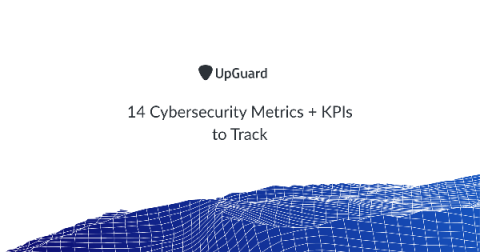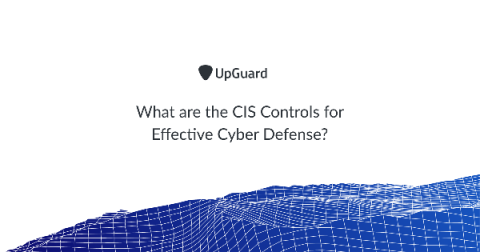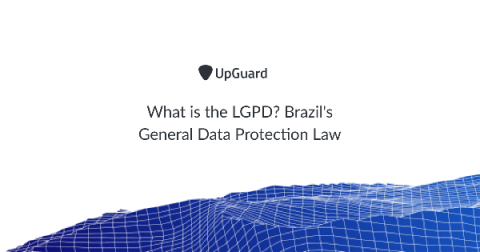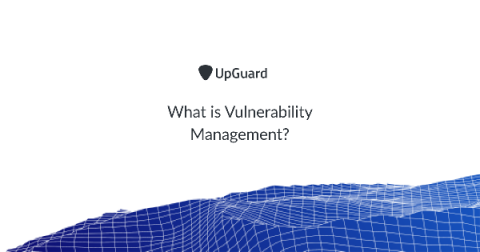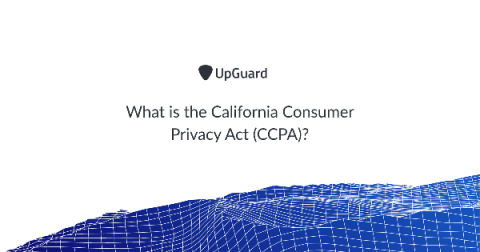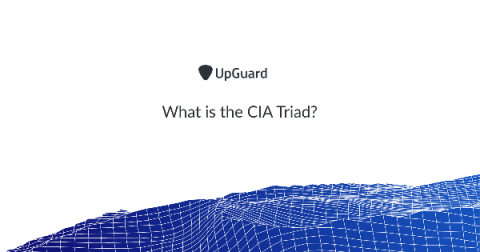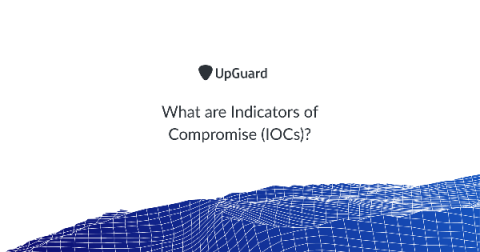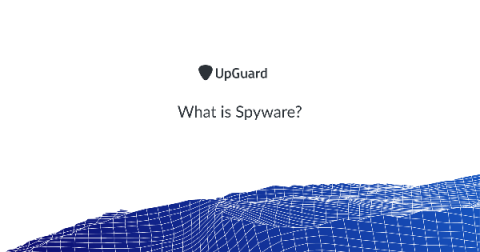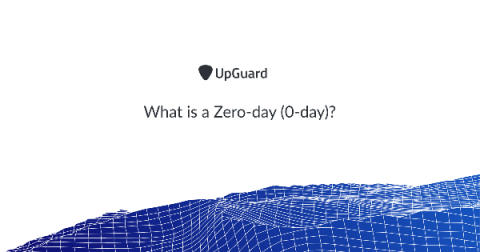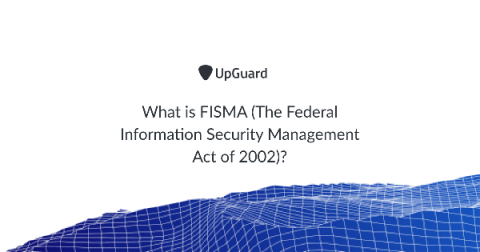14 Cybersecurity Metrics + KPIs to Track
When it comes to protecting sensitive data, preventing data breaches and detecting cyber attacks, you need a way to track whether you're meeting your goals. Key performance indicators (KPIs) are an effective way to measure the success of your cybersecurity program and aid in decision-making. According to PwC, just 22 percent of Chief Executive Officers believe their risk exposure data is comprehensive enough to form decisions. A figure that - alarmingly - hasn't changed in 10 years.


